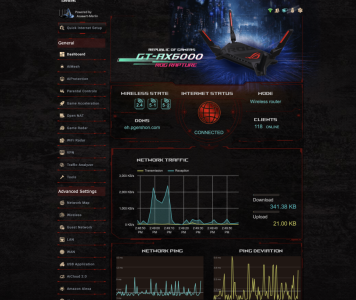I have two houses, each with their own AI mesh neworks. One has three RT-AX92U (a base router and two nodes) and the other has an RT-AX86U as its router and three ZEN-A4 minis. In each, I can log into the GUI and change the wireless settings for the main router, but I am not sure how I address settings on the nodes? The question is especially relevant where the nodes are Zen minis as those units are quite different the an 86U and I might want to configure the wireless channels differently. Routers are also in different parts of the house facing different interference.
I hope this question makes sense.
I hope this question makes sense.


